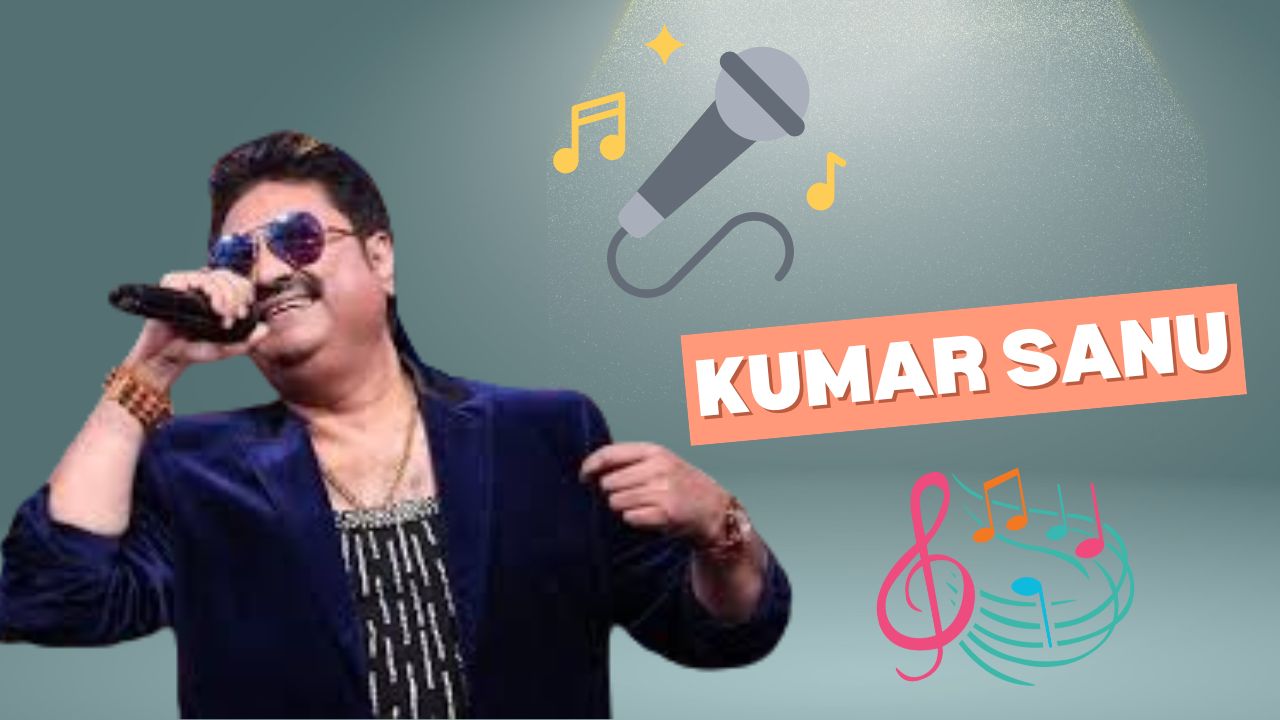
The golden age of Bollywood playback singing gave us timeless voices, and one name that stands out is Kumar Sanu. Revered for his unparalleled versatility and melodious charm, Kumar Sanu shaped the soundscape of the 1990s. But as music evolves, so do its singers, styles, and production techniques. This article takes a deep dive into the differences between Kumar Sanu’s style and the current trends in playback singing, analyzing what made his music iconic and how modern playback singing compares.
1. Kumar Sanu’s Signature Style
Kumar Sanu’s voice is synonymous with melody and emotion. Whether it was romantic ballads like “Tujhe Dekha To Ye Jana Sanam” or peppy numbers like “Ek Ladki Ko Dekha”, his ability to convey deep emotions effortlessly made him a favorite among listeners. Key characteristics of Kumar Sanu’s singing style include:
- Pronunciation and Clarity: Known for his perfect diction, Kumar Sanu ensured every word was crystal clear. This is a quality that set him apart in the 90s.
- Emotional Depth: His songs were imbued with soul, enhancing the storyline of Bollywood movies.
- Versatility: Kumar Sanu sang across genres, from romantic duets to high-energy dance numbers, effortlessly adapting to the mood and demands of the songs.
2. The Simplicity of 90s Melodies
Music in the 1990s, largely dominated by Kumar Sanu, was simple yet impactful. It focused on melody, rich lyrics, and minimal yet effective orchestration.
- The melodies were built to last, often with tunes that listeners could hum after a single listen.
- Composers like Nadeem-Shravan and Anu Malik complemented Kumar Sanu’s style with compositions that celebrated the singer’s smooth and effortless delivery. In contrast, modern playback singing often leans on electronic production and auto-tuning, which sometimes overshadows the singer’s natural voice.
3. The Role of Technology in Modern Playback Singing
Today, playback singing operates in a very different ecosystem. Technology plays a major role in music production, with tools like auto-tuning and digital sound editing influencing the final output.
- Enhanced Production: Modern tracks are rich in beats and effects, catering to global trends. However, this can sometimes diminish the natural charm of a singer’s voice.
- Pressure to Be Versatile: Modern singers often face the challenge of adapting to a wide array of genres, from traditional Indian classical sounds to electronic dance music (EDM).
While modern playback singers like Arijit Singh, Neha Kakkar, and Armaan Malik are undeniably talented, many fans argue that the emotional authenticity in Kumar Sanu’s era is harder to replicate today.
4. Kumar Sanu’s Impact on Playback Singing
Kumar Sanu set benchmarks that are still relevant today. His ability to churn out hits consistently is unparalleled; he once recorded 28 songs in a single day, earning him a Guinness World Record.
- Impact on Aspiring Singers: Many of today’s playback artists, including Arijit Singh, cite Kumar Sanu as one of their inspirations.
- Timelessness of His Songs: While modern songs are often created to match fleeting trends, Kumar Sanu’s music transcends time, with tracks that continue to resonate across generations.
5. Lyrics and Themes: Then vs. Now
- The 90s Focus on Storytelling: Songs from Kumar Sanu’s era were written to complement a movie’s narrative. His tracks were integral to the storytelling process, enhancing the emotional quotient of films.
- Contemporary Lyrics: Modern Bollywood tracks often prioritize catchy phrases and hooks over lyrical depth. While these songs work for parties and social media, they often lack the timeless appeal of Kumar Sanu’s classics.
6. Audience Expectations Then and Now
Audiences in the 90s valued the emotional connection provided by singers like Kumar Sanu. With simpler lifestyles and less digital noise, people had the time to savor every word and melody. Today, audiences often look for quick entertainment, resulting in songs designed to trend on platforms like YouTube and Instagram rather than evoke deep emotions.
Conclusion
While modern playback singing is undoubtedly exciting and innovative, the golden charm of Kumar Sanu’s era remains unmatched. His voice wasn’t just about technical perfection—it was about feeling, nostalgia, and a raw emotional connection. Comparing the two eras, it becomes evident that while modern playback singing shines in production value, it often struggles to replicate the authenticity and timelessness of Kumar Sanu’s songs. His contribution to Bollywood music will forever be etched in our hearts.







